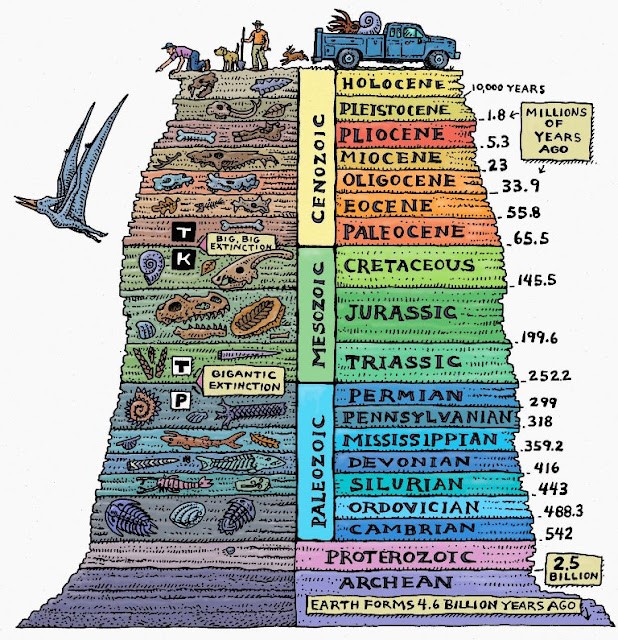How many Era’s are there?
Introduction:
The history of our planet is an epic tale told in geological time, marked by distinct chapters known as eras. These eras offer a glimpse into the evolution of Earth’s landscapes, climates, and life forms over hundreds of millions of years. Join us on an exhilarating journey through these eras, as we delve deep into the past to unravel the mysteries that have shaped the Earth we know today.
What is Era?
An era, in the context of the geological time scale, is a major division of time that represents a significant and distinct period in Earth’s history. Eras are broader segments than periods and epochs and are characterized by significant geological, climatic, and evolutionary events. They provide a framework for understanding the broader trends, changes, and developments that have shaped the planet over millions to hundreds of millions of years. Each era is typically marked by its own unique geological formations, fossils, and the rise and fall of various groups of organisms.
Eras are further subdivided into periods, epochs, and ages, creating a comprehensive framework for understanding the intricate history of our planet.

1. Precambrian Era (4.6 billion – 541 million years ago)
The Precambrian Era is Earth’s earliest chapter, spanning an astonishing 4 billion years. While much of this era is shrouded in mystery due to limited geological records, it witnessed the formation of the planet, the emergence of oceans, and the development of the first simple life forms.
2. Paleozoic Era (541 – 252 million years ago)
The Paleozoic Era, often referred to as the “Age of Ancient Life,” witnessed remarkable evolutionary events and transformations. It comprises six periods:
Cambrian Period:
Characterized by the “Cambrian Explosion,” an explosion of diverse life forms that laid the foundation for future evolution.
Ordovician Period:
Witnessed the colonization of land by early plants and the proliferation of marine life.
Silurian Period:
Marked the expansion of marine life and the emergence of the first terrestrial arthropods.
Devonian Period:
Known as the “Age of Fishes,” it witnessed the rise of amphibians and the development of forests.
Carboniferous Period:
Forests led to the formation of coal deposits, and early reptiles made their appearance.
Permian Period:
Concluded the era with a mass extinction event, wiping out many species and setting the stage for the next era.
3. Mesozoic Era (252 – 66 million years ago)
Often referred to as the “Age of Dinosaurs,” the Mesozoic Era is a tapestry woven with the stories of ancient reptiles. It consists of three periods:
Triassic Period:
Followed the Permian mass extinction, leading to the rise of early dinosaurs and the first mammals.
Jurassic Period:
Witnessed the dominance of dinosaurs, including iconic species like the T. rex, as well as the emergence of birds.
Cretaceous Period:
Saw the proliferation of flowering plants, the evolution of advanced dinosaurs, and concluded with a mass extinction event that ended the reign of non-avian dinosaurs.
4. Cenozoic Era (66 million years ago – Present)
The Cenozoic Era, known as the “Age of Mammals,” is divided into three periods:
Paleogene Period:
Began with the recovery from the Cretaceous-Paleogene extinction, witnessed the diversification of mammals, and marked the rise of modern primate groups.
Neogene Period:
Continued the diversification of mammals and saw the emergence of early hominins.
Quaternary Period:
Encompasses the Pleistocene epoch, marked by ice ages, and the Holocene epoch, witnessing the rise of human civilizations.
Conclusion:
Exploring Earth’s eras is like flipping through the pages of a mesmerizing storybook, where the protagonists are ancient organisms, continents in motion, and dramatic climatic shifts. These eras not only provide insights into the past but also offer valuable lessons about our planet’s resilience and the intricate balance of life and its environment. As we journey through the eras, we gain a deeper appreciation for Earth’s enduring legacy and the awe-inspiring forces that have shaped our world over billions of years.
Embark on a Time-Traveling Expedition through Earth’s Eras: A Kaleidoscope of Evolution, Extinction, and Transformation!